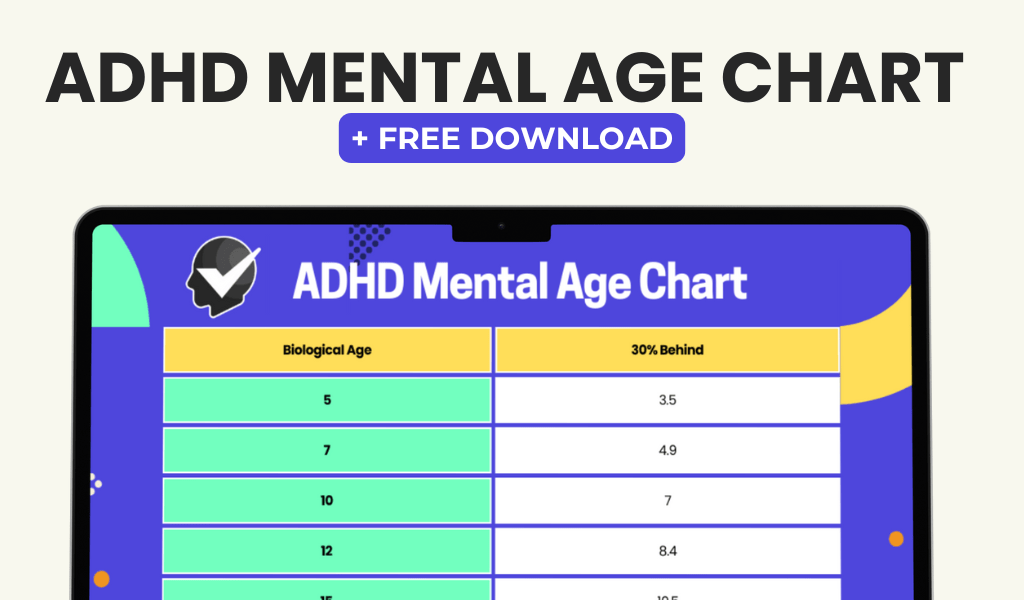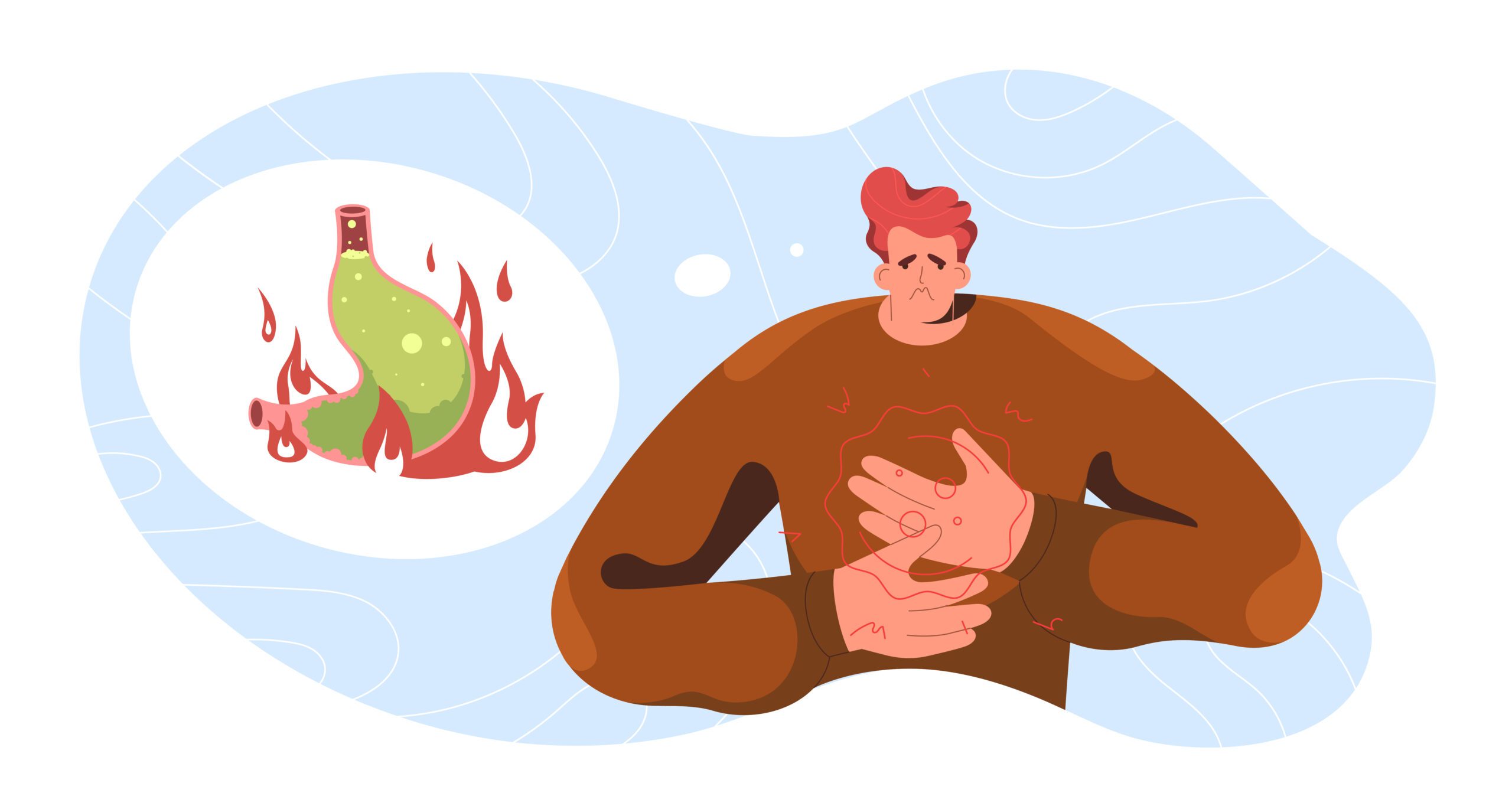ADHD (Attention Deficit Hyperactivity Disorder) is a neurodevelopmental condition affecting both children and adults. Its primary symptoms include inattention, impulsivity, and hyperactivity. Managing clutter is a common challenge for individuals with ADHD, as it can exacerbate feelings of disorganization, stress, and anxiety.
This difficulty stems from impaired executive functioning, which affects planning, organizing, and prioritizing tasks. The relationship between ADHD and clutter is complex. Individuals with ADHD often struggle with decision-making and task prioritization, leading to accumulation of clutter in their living or work spaces.
Their tendency to become easily distracted can also hinder efforts to declutter effectively. The presence of clutter can significantly impact the well-being of those with ADHD, contributing to feelings of overwhelm and making it harder to concentrate and stay organized. Traditional decluttering methods may not be as effective for individuals with ADHD.
A tailored approach that takes into account their specific needs and challenges is necessary. Understanding the unique difficulties faced by those with ADHD when dealing with clutter is crucial in developing effective strategies for decluttering and organization. With appropriate support and techniques, individuals with ADHD can successfully create and maintain a more organized and functional environment.
Key Takeaways
- ADHD can make it challenging to manage clutter due to difficulties with organization and focus
- A decluttering plan should be tailored to individual needs and preferences
- Breaking decluttering tasks into smaller, manageable steps can make the process less overwhelming
- Setting realistic goals for decluttering can help prevent frustration and burnout
- Establishing a decluttering routine can help maintain a clutter-free environment over time
- Utilizing organizational tools and systems, such as bins and labels, can help keep items organized
- Seeking support and accountability from friends, family, or professionals can provide motivation and guidance in decluttering efforts
Creating a Decluttering Plan
Breaking Down the Decluttering Process
One important aspect of creating a decluttering plan is to break down the decluttering process into manageable steps. This can help individuals with ADHD feel less overwhelmed and more in control of the decluttering process. By breaking down the decluttering tasks into smaller, more manageable steps, individuals with ADHD can make progress without feeling overwhelmed by the enormity of the task.
Setting Realistic Goals
In addition to breaking down the decluttering process into manageable steps, it is important to set realistic goals for decluttering. Setting realistic goals can help individuals with ADHD stay motivated and focused on the task at hand. It is important to set goals that are achievable and realistic, taking into account the individual’s abilities and limitations. By setting realistic goals, individuals with ADHD can experience a sense of accomplishment as they make progress in decluttering their spaces.
Establishing a Decluttering Routine
Furthermore, establishing a decluttering routine can be beneficial for individuals with ADHD. A routine can provide structure and predictability, which can help individuals with ADHD stay on track with their decluttering efforts.
Breaking Tasks into Manageable Steps

Breaking tasks into manageable steps is crucial for individuals with ADHD who struggle with managing clutter. The decluttering process can feel overwhelming for individuals with ADHD, making it difficult for them to know where to start or how to make progress. By breaking down the decluttering tasks into smaller, more manageable steps, individuals with ADHD can approach the process in a more systematic and organized manner.
This can help reduce feelings of overwhelm and make the decluttering process feel more achievable. One effective strategy for breaking tasks into manageable steps is to create a checklist of specific tasks that need to be completed in order to declutter a space. For example, if the goal is to declutter a bedroom, the checklist might include tasks such as sorting through clothing, organizing personal items, and clearing out any unnecessary items.
By breaking down the decluttering process into specific tasks, individuals with ADHD can focus on one task at a time, making it easier to stay on track and make progress. Another strategy for breaking tasks into manageable steps is to use a timer to work in short bursts of focused activity. This technique, known as the Pomodoro Technique, involves working for a set period of time (typically 25 minutes) followed by a short break.
This can be particularly helpful for individuals with ADHD who struggle with staying focused on tasks for extended periods of time. By breaking the decluttering process into short bursts of focused activity, individuals with ADHD can make progress while also taking regular breaks to recharge.
Setting Realistic Goals
Setting realistic goals is essential for individuals with ADHD who are working on decluttering their living or work spaces. It is important to set goals that are achievable and realistic, taking into account the individual’s abilities and limitations. Setting unrealistic goals can lead to feelings of frustration and disappointment, which can undermine the individual’s motivation and confidence in their ability to declutter effectively.
One effective strategy for setting realistic goals is to start small and gradually build momentum. For example, rather than setting a goal to completely declutter an entire room in one day, it may be more realistic to start by focusing on one specific area or category of items within the room. By setting smaller, more achievable goals, individuals with ADHD can experience a sense of accomplishment as they make progress in decluttering their spaces.
It is also important to be flexible and adaptable when setting goals for decluttering. Individuals with ADHD may face unexpected challenges or setbacks during the decluttering process, and it is important to be able to adjust goals as needed. By being flexible and adaptable, individuals with ADHD can approach the decluttering process in a more realistic and sustainable way.
Establishing a Decluttering Routine
Establishing a decluttering routine can be beneficial for individuals with ADHD who struggle with managing clutter. A routine can provide structure and predictability, which can help individuals with ADHD stay on track with their decluttering efforts. By establishing a regular schedule for decluttering, individuals with ADHD can create a sense of consistency and routine around the decluttering process.
One effective strategy for establishing a decluttering routine is to set aside dedicated time each day or week for decluttering activities. For example, an individual might schedule 30 minutes each evening to work on decluttering their living space. By incorporating decluttering activities into their regular schedule, individuals with ADHD can make consistent progress in managing clutter.
It is also important to create a designated space for decluttering activities. Having a specific area where decluttering tasks are carried out can help individuals with ADHD stay focused and organized during the process. This space should be free from distractions and clutter, allowing the individual to concentrate on their decluttering tasks without feeling overwhelmed.
Utilizing Organizational Tools and Systems

Organizational Tools for Managing Clutter
For instance, storage containers, shelving units, and labeling systems can help individuals with ADHD keep track of their belongings and maintain an organized space. These tools can provide a sense of structure and control, making it easier to manage clutter.
The Power of Visual Cues and Reminders
One effective organizational tool for managing clutter is the use of visual cues and reminders. Individuals with ADHD may benefit from using visual cues such as color-coded labels or visual schedules to help them stay organized and on track with their decluttering efforts. Visual cues can provide clear and tangible reminders of what needs to be done, making it easier for individuals with ADHD to stay focused on their decluttering tasks.
Establishing Daily Routines and Habits
Another useful organizational system for managing clutter is the implementation of daily routines and habits. By establishing consistent routines around tasks such as tidying up or putting items away, individuals with ADHD can create a more organized living or work space. For example, setting aside time each day to tidy up common areas or designating specific places for frequently used items can help individuals with ADHD maintain a clutter-free environment.
Seeking Support and Accountability
Seeking support and accountability can be beneficial for individuals with ADHD who are working on decluttering their living or work spaces. It is important for individuals with ADHD to have support from friends, family members, or professionals who can provide encouragement and assistance during the decluttering process. Having someone to offer support and guidance can help individuals with ADHD stay motivated and focused on their decluttering goals.
One effective way to seek support and accountability is to enlist the help of a professional organizer or therapist who has experience working with individuals with ADHD. These professionals can provide guidance and practical strategies for managing clutter, as well as offer emotional support during the decluttering process. Additionally, joining a support group or online community for individuals with ADHD can provide valuable support and accountability during the decluttering process.
Connecting with others who are facing similar challenges can help individuals with ADHD feel less alone in their struggles with clutter, while also providing opportunities to share tips and strategies for managing clutter effectively. In conclusion, understanding the unique challenges that individuals with ADHD face when it comes to clutter is crucial in developing effective strategies for decluttering and organization. By creating a tailored decluttering plan that takes into account the specific needs and challenges of individuals with ADHD, it is possible to help them successfully manage clutter in their living or work spaces.
Breaking tasks into manageable steps, setting realistic goals, establishing a decluttering routine, utilizing organizational tools and systems, and seeking support and accountability are all important strategies that can help individuals with ADHD effectively manage clutter and create a more organized environment. With the right support and strategies in place, individuals with ADHD can overcome the challenges associated with clutter and create a more functional and harmonious living or work space.
If you’re looking for more information on ADHD and how it can impact your life, check out this article on Understanding ADHD: What You Need to Know. This article provides valuable insights into the symptoms and challenges of ADHD, as well as tips for managing the condition in everyday life. It’s a great resource for anyone looking to better understand ADHD and its impact on daily tasks like decluttering.
FAQs
What is ADHD?
ADHD stands for Attention Deficit Hyperactivity Disorder, a neurodevelopmental disorder that affects both children and adults. It is characterized by symptoms such as inattention, hyperactivity, and impulsivity.
How does ADHD affect decluttering?
Individuals with ADHD may struggle with organization, decision-making, and maintaining focus, which can make decluttering and tidying up challenging tasks.
What are effective strategies for decluttering with ADHD?
Effective strategies for decluttering with ADHD include breaking tasks into smaller, manageable steps, setting a timer to work in short bursts, using visual cues and reminders, and enlisting the help of a professional organizer or a supportive friend or family member.
Why is decluttering important for individuals with ADHD?
Decluttering can help individuals with ADHD reduce distractions, improve focus, and create a more organized and functional living space, which can in turn support their overall well-being and mental health.
How can a tidy space benefit individuals with ADHD?
A tidy space can help individuals with ADHD reduce feelings of overwhelm, improve their ability to find and remember important items, and create a more calming and supportive environment for managing their symptoms.














